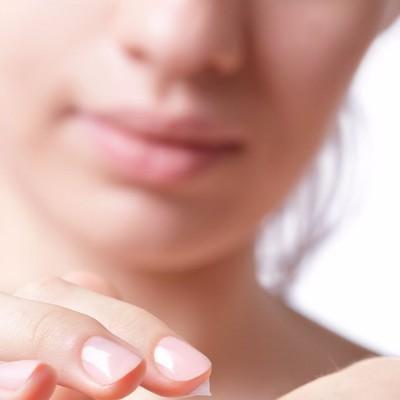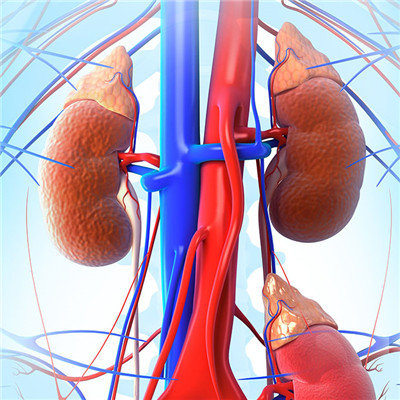How many kinds of bacteria are there in the mouth?
summary
Oral cavity is an absolutely bacterial environment, in which there are fungi and bacteria, so as to maintain a relative and dynamic balance. As long as the number of bacteria is below a certain level, it is normal. To maintain this balance, there is no absolute harm or benefit. Only when a certain bacterium over propagates and breaks this balance, its disadvantages will appear. How many kinds of bacteria are there in the mouth? Let's talk about it
How many kinds of bacteria are there in the mouth?
There are weak alkaline saliva and food residues in the mouth, which provide suitable conditions for the reproduction of normal flora. There are more than 400 kinds of bacteria in human oral cavity, including harmful bacteria that are not conducive to health, beneficial bacteria that are beneficial to human body, and conditional pathogenic bacteria between them, that is, bacteria that can cause human disease under certain conditions.
Beneficial bacteria account for about 1% of culturable microorganisms in oral cavity, including Streptococcus salivarius, Lactobacillus rhamnosus, Lactobacillus plantarum, Lactobacillus reuteri, Lactobacillus helveticus, Lactobacillus brevis, Lactobacillus lactis, Bifidobacterium, Lactobacillus paracasei, etc.
Harmful bacteria account for 99% of culturable microorganisms in oral cavity, including Streptococcus mutans (caries), veroniella (caries), actinomyces viscosus (caries / pulp and periapical infection), Prevotella intermedia (pulp and periapical infection), Porphyromonas gingivalis (periodontitis / halitosis), oral cocci (caries), Fusobacterium nucleatum (pulp and periapical infection / periodontitis), etc.
matters needing attention
The number of bacteria in the oral cavity is not invariable. It is the highest in the morning. After brushing teeth and breakfast, the number decreases. After that, the number increases gradually and reaches a small peak before lunch. It dropped again after lunch, and returned to the pattern before dinner. After a long period of culture at night, the bacteria grew rapidly and reached the peak again in the morning. Therefore, brushing teeth every morning and evening is the most simple and effective way to protect oral health.














